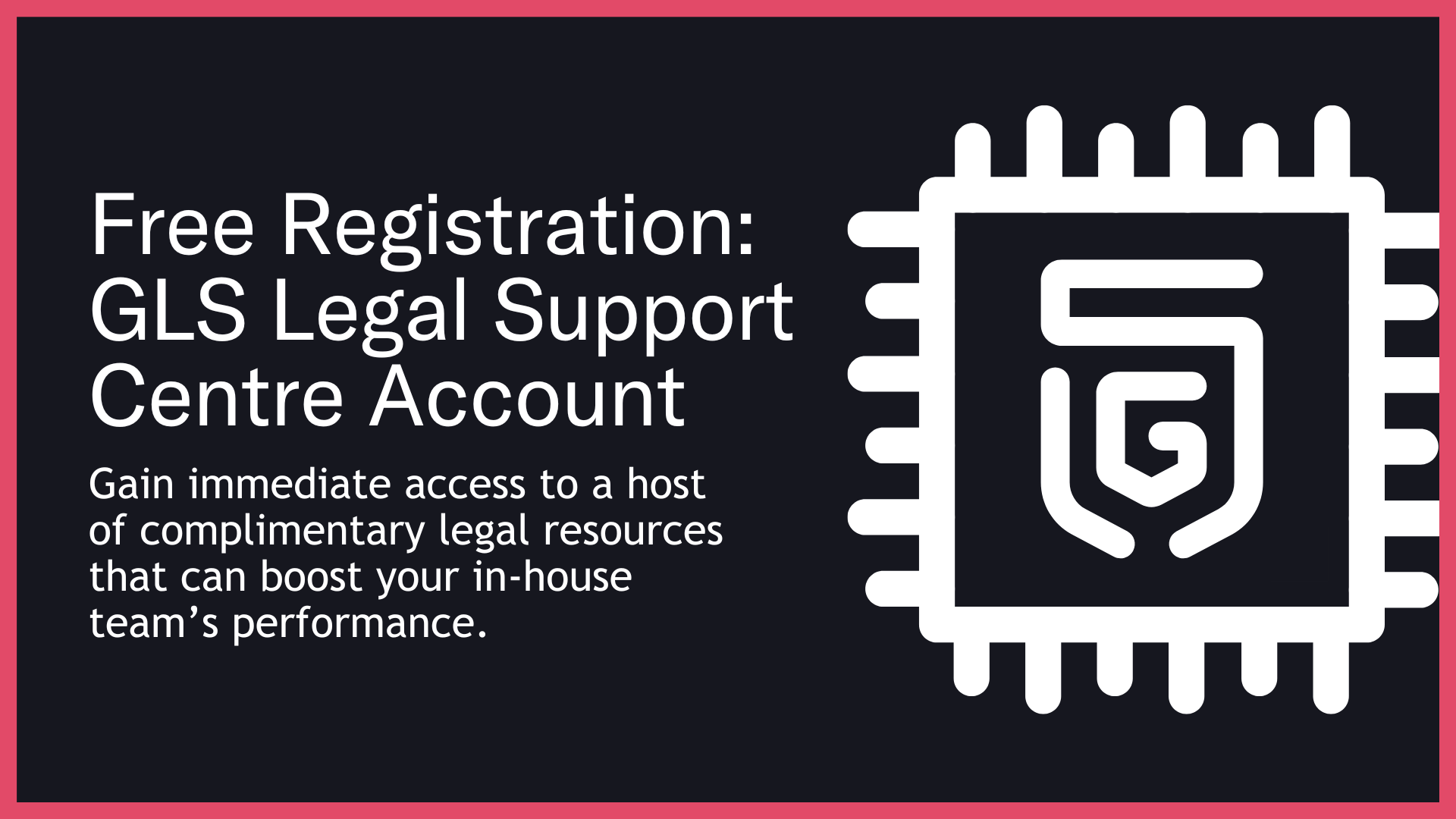What Can You Do When Your Clients Refuse to Pay You?
• 13 Apr 22

Whether you run a multi-department corporation or have just launched a small business, how you guarantee that clients pay you (and pay you on time) will determine not only your profits but also how you structure future company growth. As much as we’d like to rely on honor and honest communication, it’s vital to have a strategy for what to do if a client refuses to pay you for your services.
Do your research
First, before you even agree to take the client on, do your research. The internet never forgets, and a quick search should reveal if the person or company you’re considering doing business with has a reputation for dodging payments. For major undertakings, it might even be worth asking the potential client for a reference.
Have a contract
Second and arguably the most critical: even the smallest one-person business should have every client sign a written contract that specifies the scope of the project, the amount the client will owe, when payments are to be made and what retribution can be expected if those payments are not made on time. If the worst happens and you end up having to take legal action, a contract with all of the above details will make it much easier to argue your case.
While it might seem strong to discuss late fees right off the bat, it is necessary to protect your interests and sends a clear message to a client that you take your work seriously. Common practice is to declare a window of 10 to 15 days after an invoice is issued, after which a late fee will be charged. You can send a reminder to the client before this occurs to give them a chance to pay on time, but you should also continue to tack on late fees the longer the invoice goes unpaid.
Payment schedule
Another common practice, especially for entrepreneurs providing services or commissions, is to require a client pay a percentage of the total cost before work has begun. This guarantees you at least some income. For larger or more time-consuming projects, it might be worth creating a payment schedule. For example, a graphic designer working on commission might create a contract that requires a client to pay 50% of the total cost upfront, then 25% when the client approves the first draft, and the final 25% upon the completion of the project. That way, if an invoice goes unpaid, the artist can stop working on the project. It should go without saying, but if a client is late on an invoice, refuse to do anything more for them until they pay what was agreed to.
Legal action
The last resort is, of course, to seek legal action. Small businesses are often reluctant to do so, since it can be expensive and time consuming to take a client to court. However, sometimes just the threat of legal action is enough to spur a client to pay what they owe.
Next steps
When it comes to legal basics, it can seem overwhelming at first. But, it doesn’t have to be. GLS offers a host of free Startup resources to help set you on your way. You can also browse our list of over 200 Legal Templates and Tools, to choose the products your Startup needs at each critical stage of business.
We also offer a wide range of subscription based Legal Support Plans created specifically for Startups who want a 360 degree service in creating their own virtual legal dept.
*The above content does not constitute, nor is it offered as, legal advice of any kind. GLS Solutions Pte Ltd is not a law firm and any support provided pursuant to this entity is not regulated legal advice or legal opinion.

